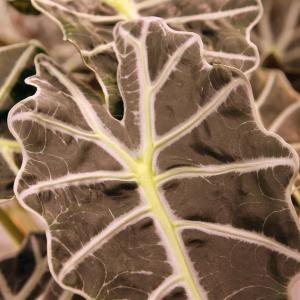文章
ritau
2020年07月13日

Jasmine is a genus of shrubs and vines in the olive family (Oleaceae). It contains around 200 species native to tropical and warm temperate regions of Eurasia and Oceania. Jasmines are widely cultivated for the characteristic fragrance of their flowers. A number of unrelated plants contain the word "Jasmine" in their common names.
Jasmines are native to tropical and subtropical regions of Eurasia, Australasia and Oceania, although only one of the 200 species is native to Europe.Their center of diversity is in South Asia and Southeast Asia.
A number of jasmine species have become naturalized in Mediterranean Europe. For example, the so-called Spanish jasmine (Jasminum grandiflorum) was originally from West Asia and Indian subcontinent, and is now naturalized in the Iberian peninsula.
Jasminum fluminense (which is sometimes known by the inaccurate name "Brazilian Jasmine") and Jasminum dichotomum (Gold Coast Jasmine) are invasive species in Hawaii and Florida. Jasminum polyanthum, also known as White Jasmine, is an invasive weed in Australia.
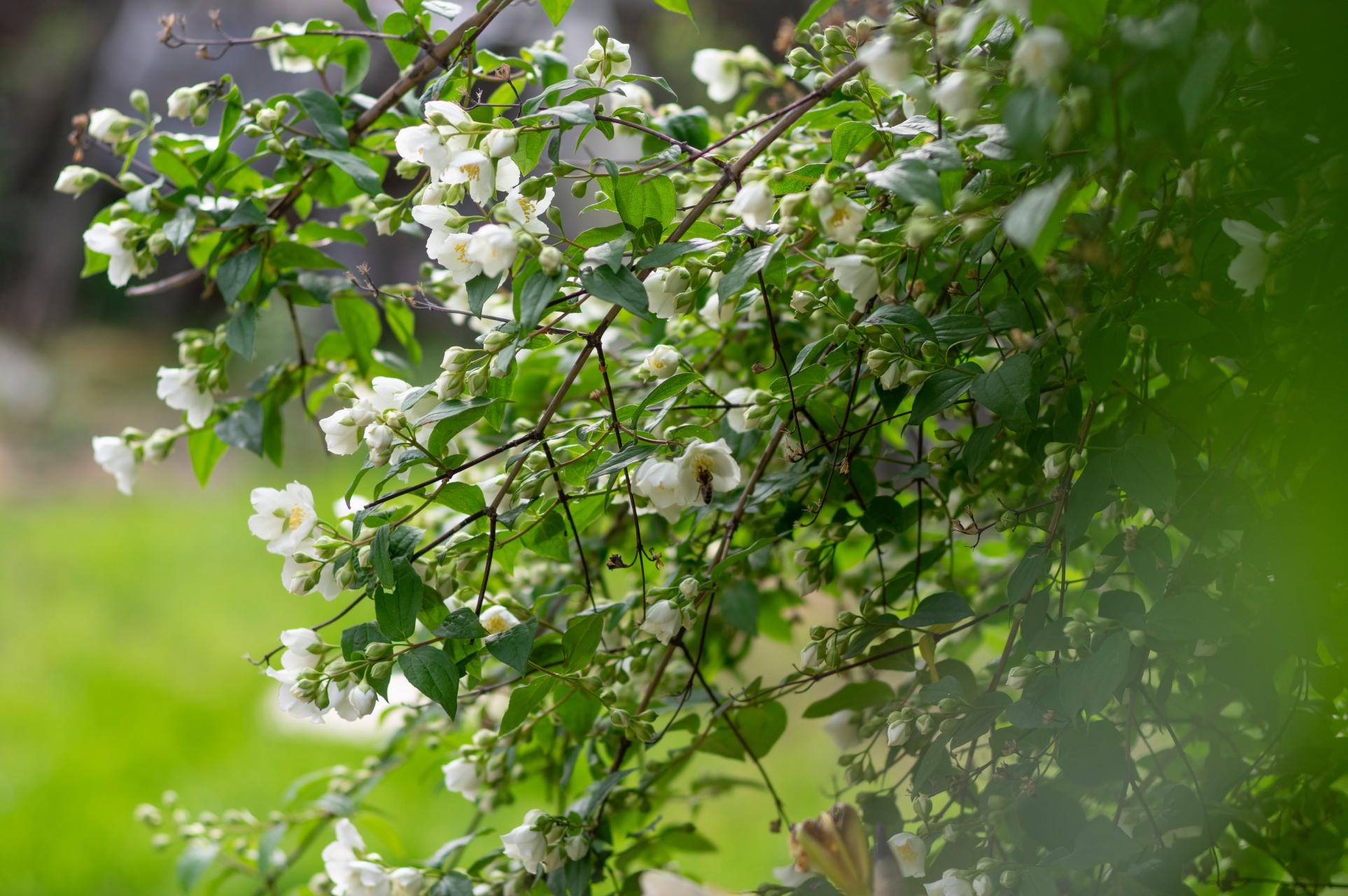
Widely cultivated for its flowers, jasmine is enjoyed in the garden, as a houseplant, and as cut flowers. The flowers are worn by women in their hair in South and South East Asia.
*Jasmine tea
Green tea with jasmine flowers
Jasmine tea is often consumed in China, where it is called jasmine-flower tea (茉莉花茶; pinyin: mò lì huā chá). Jasminum sambac flowers are also used to make jasmine tea, which often has a base of green tea or white tea, but sometimes an Oolong base is used. The flowers are put in machines that control temperature and humidity. It takes about four hours for the tea to absorb the fragrance and flavour of the jasmine blossoms. For the highest grades of jasmine tea, this process may be repeated up to seven times. As the tea absorbs moisture from the fresh Jasmine flowers, it must be refired to prevent spoilage. The used flowers may be removed from the final product, as the flowers contain no more aroma. Giant fans are used to blow away and remove the petals from the denser tea leaves.
In Okinawa, Japan, jasmine tea is known as sanpin cha.

*Jasmonates
Jasmine gave name to the jasmonate plant hormones, as methyl jasmonate isolated from the oil of Jasminum grandiflorum led to the discovery of the molecular structure of jasmonates. Jasmonates occur ubiquitously across the plant kingdom, having key roles in responses to environmental cues, such as heat or cold stress, and participate in the signal transduction pathways of many plants.
*Plantation
Jasmine plantation is usually done using the stem of an existing plant, or one having roots. In rare occasions, the flowers bear dark purple fruits with seeds. The seeds will germinate when sowed and nurtured properly. The flowering shrubs are usually trimmed pre-summer, as fresh branches grow and bear flowers during the summer.
Jasmines are native to tropical and subtropical regions of Eurasia, Australasia and Oceania, although only one of the 200 species is native to Europe.Their center of diversity is in South Asia and Southeast Asia.
A number of jasmine species have become naturalized in Mediterranean Europe. For example, the so-called Spanish jasmine (Jasminum grandiflorum) was originally from West Asia and Indian subcontinent, and is now naturalized in the Iberian peninsula.
Jasminum fluminense (which is sometimes known by the inaccurate name "Brazilian Jasmine") and Jasminum dichotomum (Gold Coast Jasmine) are invasive species in Hawaii and Florida. Jasminum polyanthum, also known as White Jasmine, is an invasive weed in Australia.

Widely cultivated for its flowers, jasmine is enjoyed in the garden, as a houseplant, and as cut flowers. The flowers are worn by women in their hair in South and South East Asia.
*Jasmine tea
Green tea with jasmine flowers
Jasmine tea is often consumed in China, where it is called jasmine-flower tea (茉莉花茶; pinyin: mò lì huā chá). Jasminum sambac flowers are also used to make jasmine tea, which often has a base of green tea or white tea, but sometimes an Oolong base is used. The flowers are put in machines that control temperature and humidity. It takes about four hours for the tea to absorb the fragrance and flavour of the jasmine blossoms. For the highest grades of jasmine tea, this process may be repeated up to seven times. As the tea absorbs moisture from the fresh Jasmine flowers, it must be refired to prevent spoilage. The used flowers may be removed from the final product, as the flowers contain no more aroma. Giant fans are used to blow away and remove the petals from the denser tea leaves.
In Okinawa, Japan, jasmine tea is known as sanpin cha.

*Jasmonates
Jasmine gave name to the jasmonate plant hormones, as methyl jasmonate isolated from the oil of Jasminum grandiflorum led to the discovery of the molecular structure of jasmonates. Jasmonates occur ubiquitously across the plant kingdom, having key roles in responses to environmental cues, such as heat or cold stress, and participate in the signal transduction pathways of many plants.
*Plantation
Jasmine plantation is usually done using the stem of an existing plant, or one having roots. In rare occasions, the flowers bear dark purple fruits with seeds. The seeds will germinate when sowed and nurtured properly. The flowering shrubs are usually trimmed pre-summer, as fresh branches grow and bear flowers during the summer.
0
0
成长记
Plants Encyclopdias
2016年08月17日

Name: Lucky Bean Tree
Latin: Castanospermum australe
Origin: Oceania
Plant height: 30 - 50 cm
Reproduction: #Seeds
Difficulty level: #Easy
Tags: #Oceania #Castanospermumaustrale
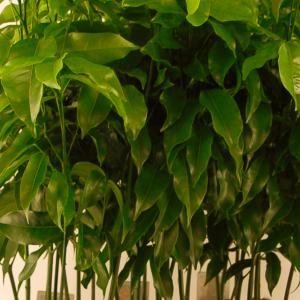
Latin: Castanospermum australe
Origin: Oceania
Plant height: 30 - 50 cm
Reproduction: #Seeds
Difficulty level: #Easy
Tags: #Oceania #Castanospermumaustrale

1
1
成长记
Plants Encyclopdias
2016年08月17日

Name: Florist's Cineraria
Latin: Cineraria cruenta
Origin: Oceania
Plant height: 20 - 70 cm
Reproduction: #Seeds
Difficulty level: #Easy
Tags: #Oceania #Cinerariacruenta
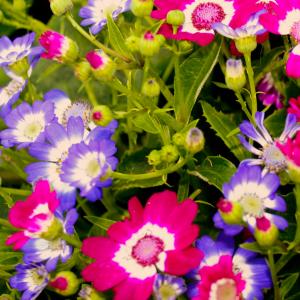
Latin: Cineraria cruenta
Origin: Oceania
Plant height: 20 - 70 cm
Reproduction: #Seeds
Difficulty level: #Easy
Tags: #Oceania #Cinerariacruenta

0
0
成长记
Plants Encyclopdias
2016年08月17日

Name: Blue Orchid
Latin: Vanda coerulea
Origin: Oceania
Plant height: 30 - 60 cm
Reproduction: #Division
Difficulty level: #Pro
Tags: #Oceania #Vandacoerulea
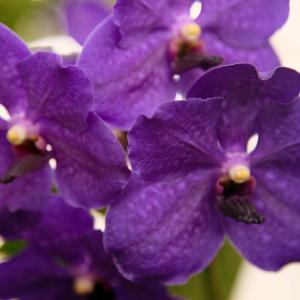
Latin: Vanda coerulea
Origin: Oceania
Plant height: 30 - 60 cm
Reproduction: #Division
Difficulty level: #Pro
Tags: #Oceania #Vandacoerulea

1
0
成长记
Plants Encyclopdias
2016年08月17日

Name: Monte Carlo Orchid
Latin: Phalaenopsis schilleriana
Origin: Oceania
Plant height: 30 - 70 cm
Reproduction: #Division
Difficulty level: #Medium
Tags: #Oceania #Phalaenopsisschilleriana
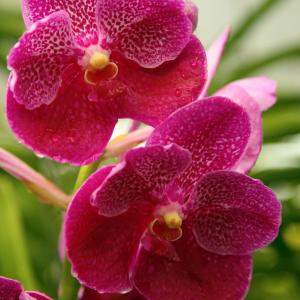
Latin: Phalaenopsis schilleriana
Origin: Oceania
Plant height: 30 - 70 cm
Reproduction: #Division
Difficulty level: #Medium
Tags: #Oceania #Phalaenopsisschilleriana

0
0
成长记
Plants Encyclopdias
2016年08月17日

Name: Moth Orchid
Latin: Phalaenopsis
Origin: Oceania
Plant height: 30 - 60 cm
Reproduction: #Division
Difficulty level: #Medium
Tags: #Oceania #Phalaenopsis

Latin: Phalaenopsis
Origin: Oceania
Plant height: 30 - 60 cm
Reproduction: #Division
Difficulty level: #Medium
Tags: #Oceania #Phalaenopsis

1
1
成长记
Plants Encyclopdias
2016年08月17日

Name: Aphrodite Orchid
Latin: Phalaenopsis aphrodite
Origin: Oceania
Plant height: 30 - 60 cm
Reproduction: #Division
Difficulty level: #Medium
Tags: #Oceania #Phalaenopsisaphrodite
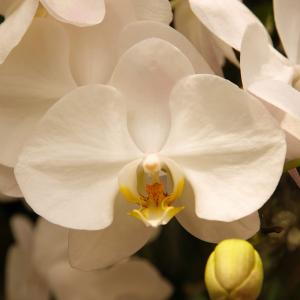
Latin: Phalaenopsis aphrodite
Origin: Oceania
Plant height: 30 - 60 cm
Reproduction: #Division
Difficulty level: #Medium
Tags: #Oceania #Phalaenopsisaphrodite

1
0
成长记
Plants Encyclopdias
2016年08月17日

Name: Hidden Ginger
Latin: Curcuma Petiolata
Origin: Oceania
Plant height: 60 - 80 cm
Reproduction: #Division
Difficulty level: #Pro
Tags: #Oceania #CurcumaPetiolata
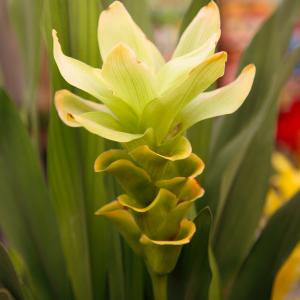
Latin: Curcuma Petiolata
Origin: Oceania
Plant height: 60 - 80 cm
Reproduction: #Division
Difficulty level: #Pro
Tags: #Oceania #CurcumaPetiolata

2
0


